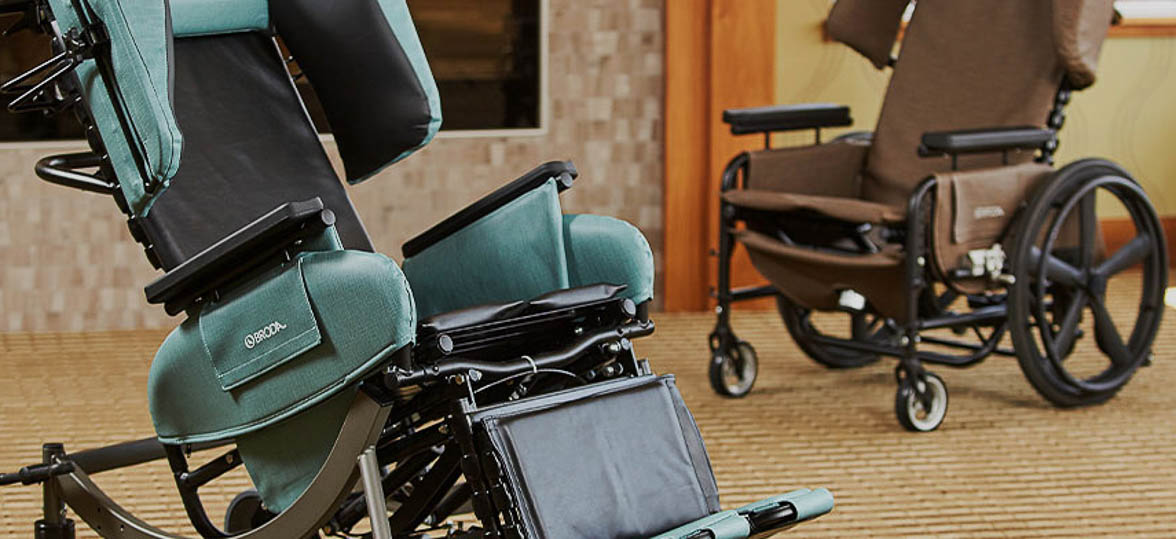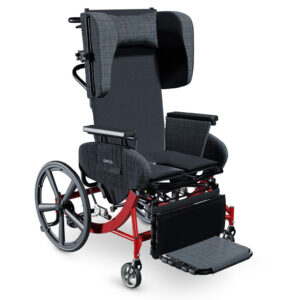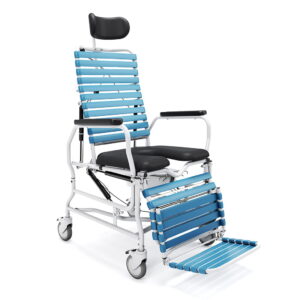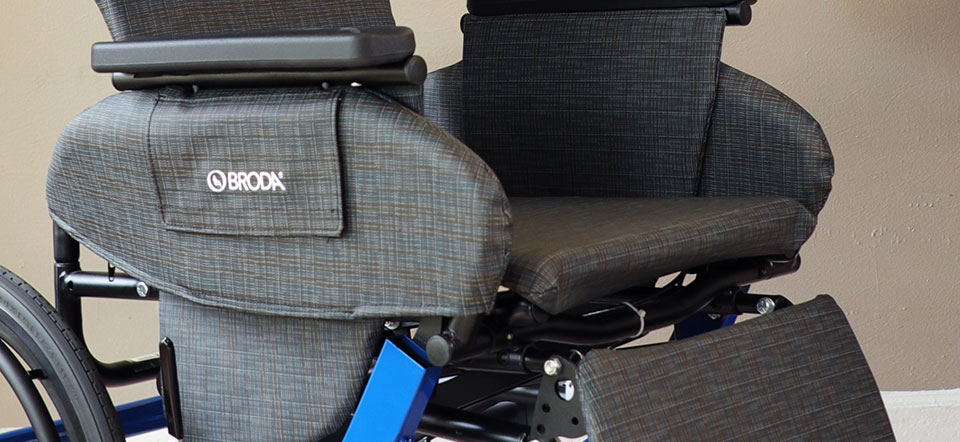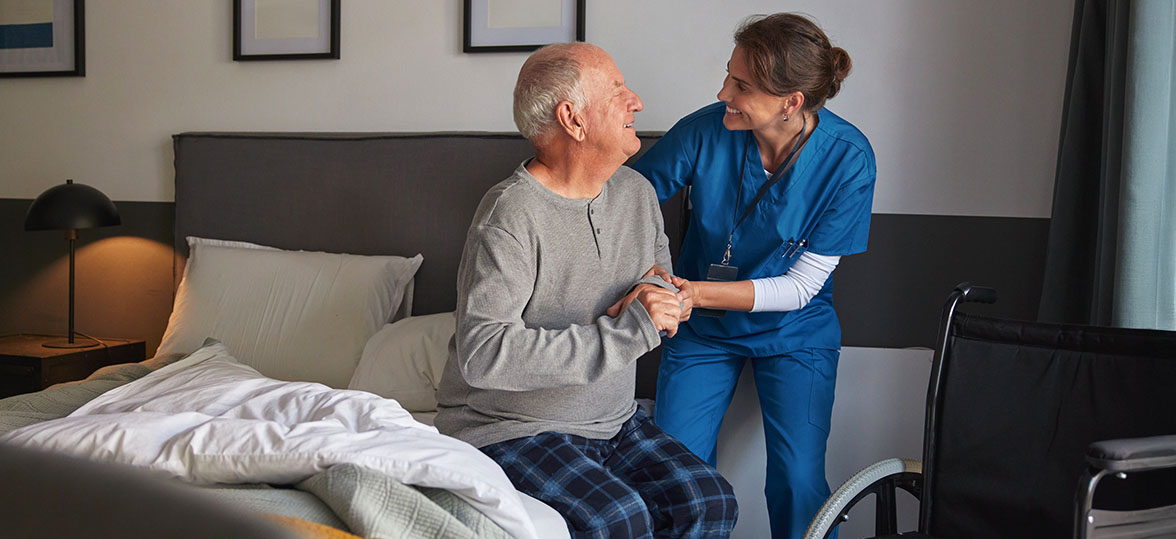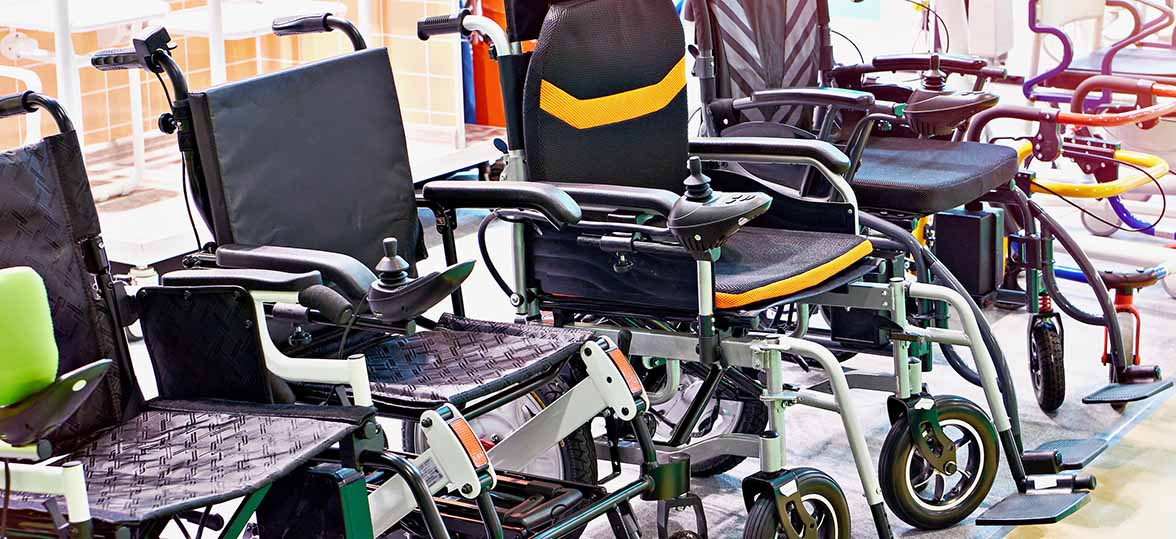Proper Positioning to Reduce Pressure Injuries
Pressure injuries (also known as pressure ulcers or pressure sores) cause over 60,000 deaths per year.1 A poor seating position can lead to inordinate amounts of pressure being placed on bony prominences in the body, which contributes to skin breakdown and pressure injuries.2
Cost-Saving Pressure Sore Preventative Measures
Surprisingly, pressure injuries and ulcers cost healthcare providers and patients over $11.6 billion USD per year.1 This is at an average cost of $10,700 USD per pressure injury, with some cases resulting in multiple injuries.1 In contrast, purchasing a quality, customizable positioning wheelchair costs a small fraction of that amount. On top of the monetary costs, 84% of pressure injury patients report being in pain, even at rest.3 Looking at the return on investment in cost savings and comfort, a Broda wheelchair is the clear choice.
However, pressure injuries from prolonged sitting are not inevitable. Choose specially designed pressure sore cushions or specialized wheelchair seating surfaces to prevent pressure injuries from forming and encourage any existing bed sores to heal, while also increasing comfort. Broda has just what you need in our selection of positioning wheelchairs with pressure-reducing Comfort Tension Seating® with several padding options.
Our Recommended Wheelchairs with Cushions for Pressure Sores
Comfort is Essential to Minimizing Bed Sores & Pressure Ulcers
Correct postural alignment and equal weight distribution are the main factors in a person’s risk for developing pressure wounds. At Broda, our goal is to make every person who uses a wheelchair comfortable, and that includes reducing their risk for pressure injuries. It all starts with our one-of-a-kind Comfort Tension Seating® system. Unlike conventional sling-style wheelchairs, Comfort Tension Seating® is made up of individual straps that mold to the user’s body, creating a strong and supportive seating surface. This unique seating system relieves pressure better than a typical cushion by suspending the user’s weight evenly across multiple points, rather than a solid seating surface. As well as preventing pressure injuries, Comfort Tension Seating® also increases sitting tolerance, allowing the user to spend longer periods of time out of bed.
Combined with advanced positioning features, such as seat tilt and recline, Broda wheelchairs with Comfort Tension Seating® perform just as well as high-end pressure wound cushions.4
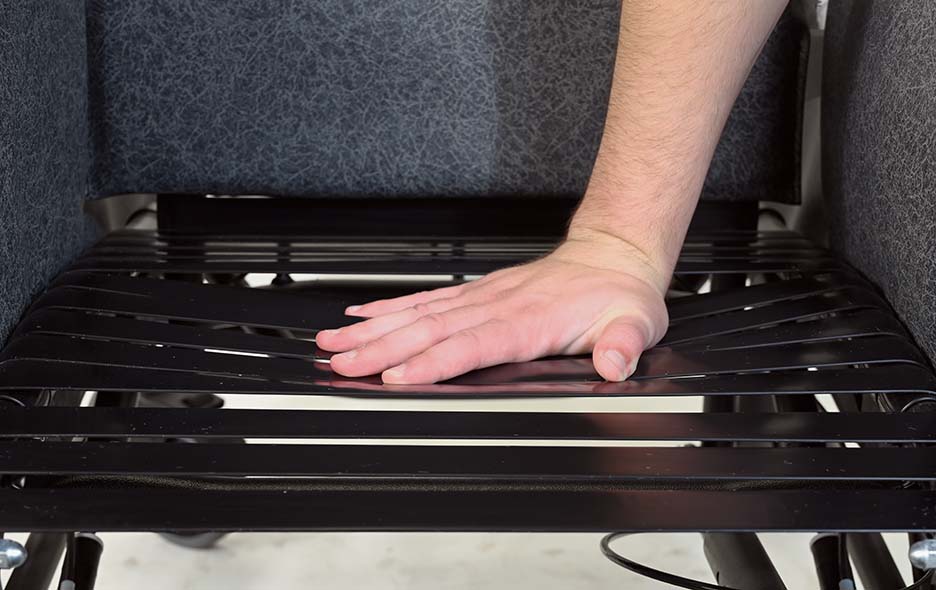
Choosing the Right Wheelchair Cushions for Pressure Redistribution
In addition to positioning features, wheelchair cushions play a key role in preventing pressure ulcers. While there are many wheelchair cushions on the market, for optimal comfort, seek out wheelchair cushions made specifically for treating and preventing pressure wounds. For many wheelchair users, a Broda positioning wheelchair with Comfort Tension Seating® and the standard Broda cushion package is the ideal wheelchair cushion setup for minimizing bed sores and other pressure injuries.
This setup may not work for everyone, though. For example, our rehab wheelchairs feature a solid seat pan (instead of Comfort Tension Seating®) and need a cushion for user comfort. In this case, we recommend cushions from the Matrx® Seating Series by Motion Concepts. The Libra cushion is recommended for those with the highest risk of pressure injuries, and the easy-to-clean, no-maintenance PSP cushion also offers reliable skin protection.
Avoiding Pressure & Shear During ADLs
Wheelchair cushions are not your only defense against pressure ulcers. A person is more prone to pressure injuries if they are dependent on a caregiver for their activities of daily living (ADLs).5 Caregivers can take preventative measures during ADLs to avoid unnecessary pressure and shear. Broda designs our wheelchairs to reduce the strain placed on the skin during transfers and ADLs such as dressing, toileting, and bathing. During these ADLs, Broda wheelchairs give the caregiver an advantage. Our positioning wheelchairs, pedal wheelchairs, and shower commode chairs feature removable arm, leg, and shoulder supports to make transfers smooth. In turn, this reduces the strain on the patient’s skin.
The Best Cushioned Wheelchairs for Reducing Pressure Injuries
Broda wheelchairs are an excellent choice for anyone worried about developing a pressure injury. Our wheelchairs are comfortable, adjustable, and compatible with a variety of cushions to help you stay out of bed, be mobile, and enjoy a high quality of life.
References
- Agency for Healthcare Research and Quality. (2014). Are we ready for this change? AHRQ. Retrieved March 10, 2022, from https://www.ahrq.gov/patient-safety/settings/hospital/resource/pressureulcer/tool/pu1.html
- AlAboud, AM, Manna, B. (2021, July 1) Wound Pressure Injury Management. StatPearls [Internet]. StatPearls Publishing; 2021 Jan-. Retrieved October 20, 2021, from https://www.ncbi.nlm.nih.gov/books/NBK532897/
- Yeroushalmi, B. (2019, March 13). Exploring the social and psychological effects of pressure ulcers. California Nursing Home Abuse Lawyer Blog. Retrieved March 10, 2022, from https://www.californianursinghomeabuselawyer-blog.com/exploring-the-social-and-psychological-effects-of-pressure-ulcers/
- Damiao, J., Blair, A., Martinez, N., Reyes, R., & Mahon, B. (2023a). Pressure distribution comparison among standard seating surfaces and strap seating system. Global Journal of Health Science, 15(7), 35. https://doi.org/10.5539/gjhs.v15n7p35
- Akbuğa,Gökçen & Mucuk, Salime. (2015). The Evaluation of Daily Living Activities, Pressure Sores and Risk Factors. Rehabilitation nursing: the official journal of the Association of Rehabilitation Nurses. 40. 10.1002/rnj.145.
